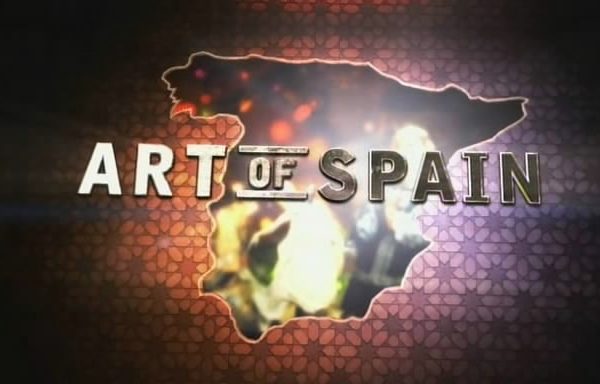Modern Art – A Complete Guide is a film using rare and unique footage of artists working in their studios and commenting on their work, including Chagall, Moore, Dali, De Kooning, Matisse, Picasso, Giacometti, Duchamp and Pollock.
An unprecedented film by Academy Award winner Herbert Kline detailing the revolution in art instigated by Cezanne that became MODERN ART. Features rare and unique footage of great modern artists in their studios creating and explaining their work with narration and illuminating commentary by Orson Welles. Visits the great collection at The Louvre, the Guggenheim.
Illustrates the growth and dynamism of Modern Art and each stylistic development: Impressionism, Expressionism, Fauvism, Cubism, Futurism, Dada, Surrealism, Pop Art and Conceptualism.
Modern Art
Modern art includes artistic work produced during the period extending roughly from the 1860s to the 1970s, and denotes the styles and philosophy of the art produced during that era. The term is usually associated with art in which the traditions of the past have been thrown aside in a spirit of experimentation. Modern artists experimented with new ways of seeing and with fresh ideas about the nature of materials and functions of art.
A tendency away from the narrative, which was characteristic for the traditional arts, toward abstraction is characteristic of much modern art. More recent artistic production is often called contemporary art or postmodern art.
Modern art begins with the heritage of painters like Vincent van Gogh, Paul Cézanne, Paul Gauguin, Georges Seurat and Henri de Toulouse-Lautrec all of whom were essential for the development of modern art. At the beginning of the 20th century Henri Matisse and several other young artists including the pre-cubists Georges Braque, André Derain, Raoul Dufy, Jean Metzinger and Maurice de Vlaminck revolutionized the Paris art world with “wild”, multi-colored, expressive landscapes and figure paintings that the critics called Fauvism.
Matisse’s two versions of The Dance signified a key point in his career and in the development of modern painting. It reflected Matisse’s incipient fascination with primitive art: the intense warm color of the figures against the cool blue-green background and the rhythmical succession of the dancing nudes convey the feelings of emotional liberation and hedonism.




